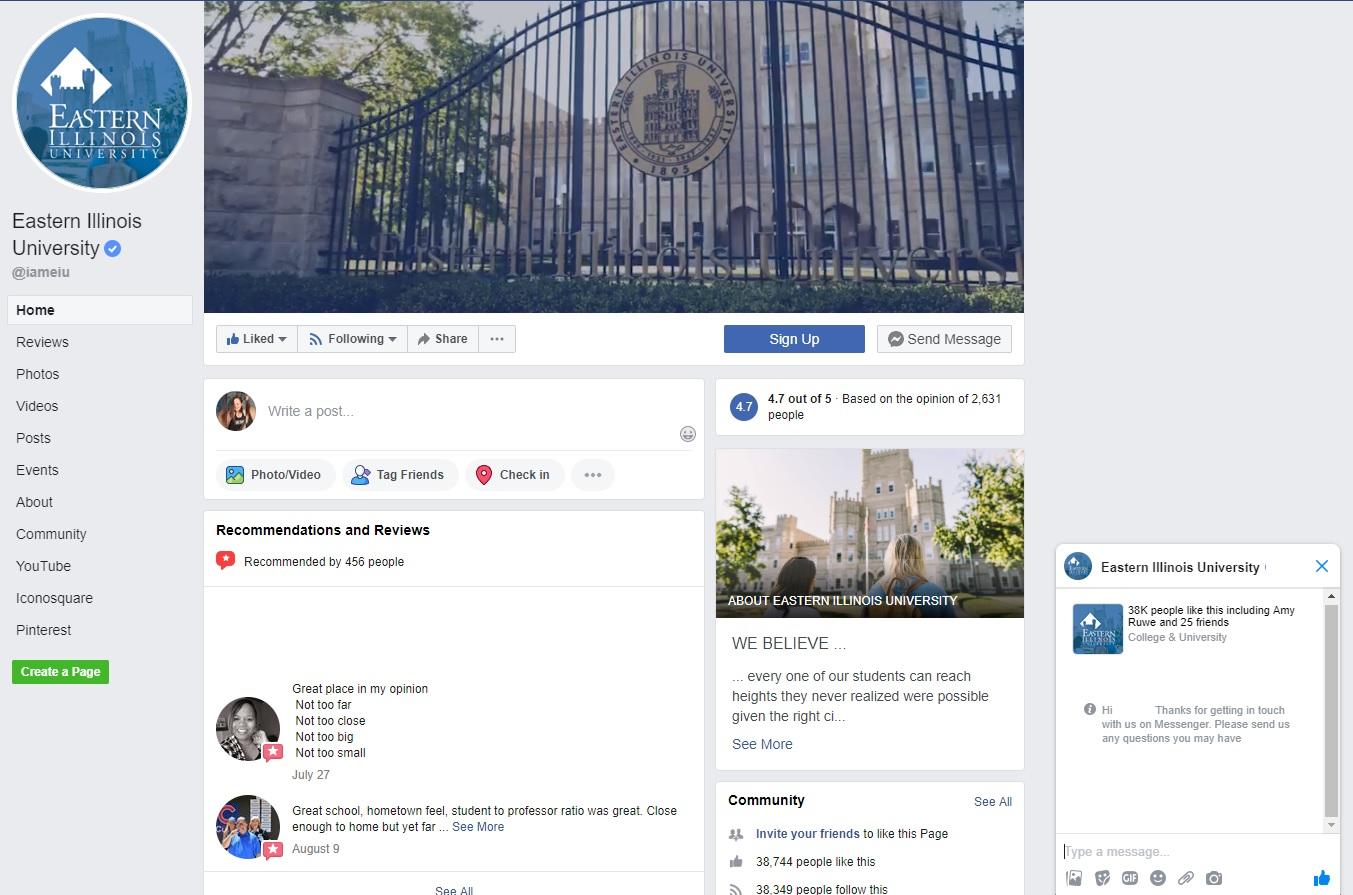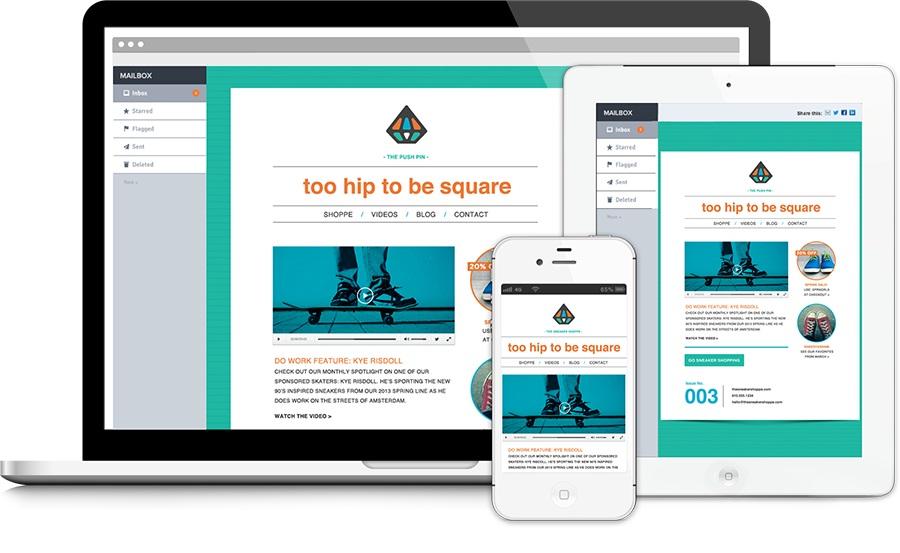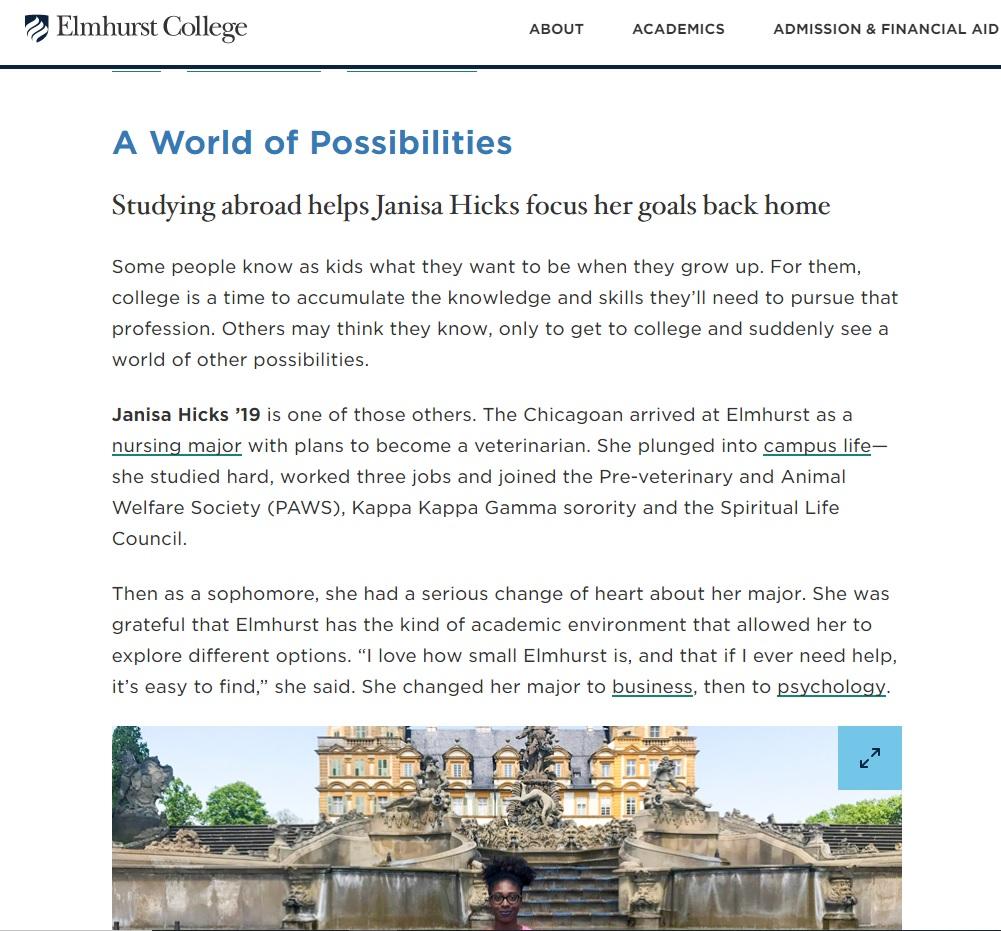Higher ed: How to use email to grow your online registration
“Is college worth it?” is a question we are seeing all too often lately, especially among the current generation that has either just celebrated their high school graduation or those who are on the brink and are deciding whether college is for them. Between student debt and the fear around finding work (not to mention the increase in alternative types of education), it’s no wonder Gen Z is questioning the necessity of a degree. Research tells us that they want to do things differently, which means that colleges and universities must think differently as well, especially when it comes to online registration in higher education.
Nearly 19.9 million students will be attending colleges and universities for the Fall 2019 semester.
While that number is promising, that’s still nearly 5% lower than the peak of student enrollment in 2010, which topped the charts at 21.0 million.
With numbers slowly taking a downward turn, it's imperative for higher ed marketing teams to get creative in order to help elevate their enrollment averages, and while many are focusing on traditional enrollment, it’s time to start also focusing on online registration for higher education.
Why digital marketing works
Let’s face it; Gen Z takes the cake for making marketers sit down and rethink their strategy. Why?—because this generation has grown up with technology as part of their daily lives. They aren’t as easily swayed with traditional marketing campaigns. This requires higher education marketing teams to really think outside the advertising box. Doing so can encourage both in-state and out of state enrollments.
Now, that’s not to say that all marketing efforts are futile. Instead, it requires higher ed to get digital ... if they haven’t already.
Source: Pixabay
Gen Z is always on the go, so that means creating marketing content that they can digest quickly and while on the move.
Digital marketing is comprised of many moving parts. Higher education institutes can’t possibly put all their time and efforts into each piece. So, to help increase online enrollment, these institutes must narrow down what marketing channels suit their audience members the most. Once they've done that, they can invest in creating quality content for those platforms.
Social media is one example of a digital marketing channel that higher education institutions can use. Social media allows them to cater to a larger pool of potential students. Thanks to the ability to connect via pages, profiles and instant chatbots, prospective students have plenty of opportunities to connect to the school and other prospects and current students.
Source: Eastern Illinois University/Facebook
Stand out with email marketing
While digital marketing offers plenty of opportunities for increasing online registration for higher ed, one strategy that is vital for these marketing teams to focus on is email marketing.
Email marketing is currently the number one marketing method when it comes to seeing a return on investment. However, it is also one of the most effective ways to reach potential students. In fact, email marketing spending in the U.S. is expected to reach nearly $350 million in 2019.
Why? Because a carefully crafted message that is sent at the right time to the right person is going to pique interest. It's that interest that is going to result in a reader taking action, such as:
-
Inquiring for more information
-
Clicking-through to your university’s website to do more research
Email marketing is much more than sending out a mass message to your email list. It’s about crafting a personalized message that will not only pique the interest of the receiver but intrigue them enough to want to learn more.
To create a message that can do just that, here are four tips that you’ll want to include in your email marketing strategy to help increase online registration for higher education.
1. Segment your prospects list
To help increase online registration for higher education facilities, these marketing teams need to take full advantage of email list segmentation. Not all students will be coming from the same walk of life or even the same region. This means that sending the same email copy to everyone on your prospect list may set you farther back instead of piquing interest.
Colleges and universities would be wise to segment their lists in several different ways to appeal to a more diverse audience. Segmentations could include:
-
In-state vs. out of state prospects
-
Segmentation by gender
-
Segmentation by status: incoming first-year students vs. transfer students
-
International vs. U.S. citizen
-
Major area of study
Segmentation will allow you to carefully tailor your email content to more specific groups, which will play a critical role in further personalizing your messages for readers.
2. Optimize for mobile opens
In 2019, higher education facilities will be primarily targeting Gen Z while recruiting for online registration. It's important to keep in mind that 98% of Gen Z worldwide owns a smartphone. That means these prospects will be checking their phones more often than their other devices. So, marketing teams will want to ensure that their email marketing efforts are designed with mobile opens in mind.
Think about it. The current generation is always on the go, which means they are referencing their mobile devices and even tablets more often than their desktops. This means that if you want your email campaign for online registration to be noticed, it must be viewable on multiple devices.
Simply having a responsive email design isn’t the same as mobile-friendly design. So, make sure you are correctly A/B testing your email campaigns to ensure that they are opening correctly.
Source: Emma
3. Use honest yet intriguing subject lines
Marketers know that your email subject line is the very first content that your receiver will see once they open their inbox, so you must ensure that you are saying something that is worth investigating further. Marketers must grab the attention of their audience as quickly as possible without using click-bait or other false claims.
Remember, the idea is to entice readers enough to want to learn more, and to do that; they must start by opening your university’s email. For example, which looks better:
ABC State University: Your Best Choice for Becoming an Educator
Or
Top 15 Ways ABC State University Will Prepare You to Be an Educator
In the first example, ABC State University is telling readers the same thing that most colleges want prospects to think: that they are the best at what they do. This doesn’t entice the reader to want to learn more. Why—because every school thinks they are the best.
In the second example, ABC State University is stating that they have a variety of ways to help prepare those wishing to earn a degree in education, but they aren’t saying what they are. This causes the reader to wonder what exactly those “15 ways” are and will want to open the email to learn more. Once the prospect has opened the email, they’ll have access to those 15 points, and the university can make its case in an intriguing, yet honest way.
4. Share student stories to further connect with them
Another method for capturing the prospect’s attention while trying to increase online enrollment for higher education is to make your message about the students. Up until this point, your email marketing messages may have been answering standard questions such as how your institution can suit their financial and educational needs.
Take things a step further and start including real student’s stories within your marketing messages. This helps prospects in several ways, such as:
-
Turning college life into a real-world experience
-
Makes it relatable on a more personal level
-
Provides testimonials
Source: Elmhurst College
These relatable stories can and will play a significant role in a prospect’s decision making. It plays to their emotional side whereas your previous content will have likely played to their intellectual and logical sides.
Using student stories as testimonials is a great way to entice prospects to act, and if you’re applying this content to your email content, then it is easy to provide a call to action that candidates can click in order to act while their emotions are running high.
Wrap up
Let’s face it, colleges and universities have more hurdles than ever when it comes to bringing in new enrollments. Setting up an online presence is a great way to start getting noticed; however, email marketing will do more than just get you on a prospect’s radar.
If you are looking to increase online registration for higher education, then you want to make sure you are staying in constant communication and providing prospects with a simple way to act quickly. Email marketing does just that, especially when you implement these four tips into your strategy:
-
Personalize your message through list segmentation
-
Make sure your emails can be not only opened but viewed on all devices, especially mobile devices
-
Create truthful and enticing email subject lines to get prospects to open your message
-
Share student stories to better relate to your readers
If your institution for higher education is ready to amp up their email marketing strategy, then why not consider Emma? See why more than 500 universities worldwide trust our product and request your demo today.
MOST RECENT ARTICLES
Want to engage your audience and grow your brand? Try Emma's robust easy-to-use product today.

















